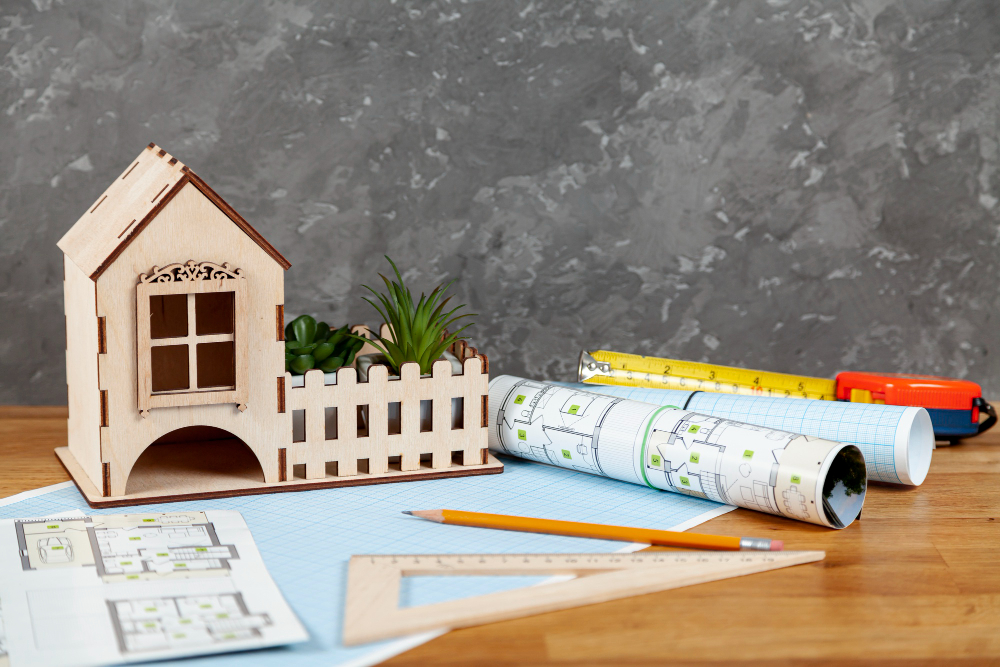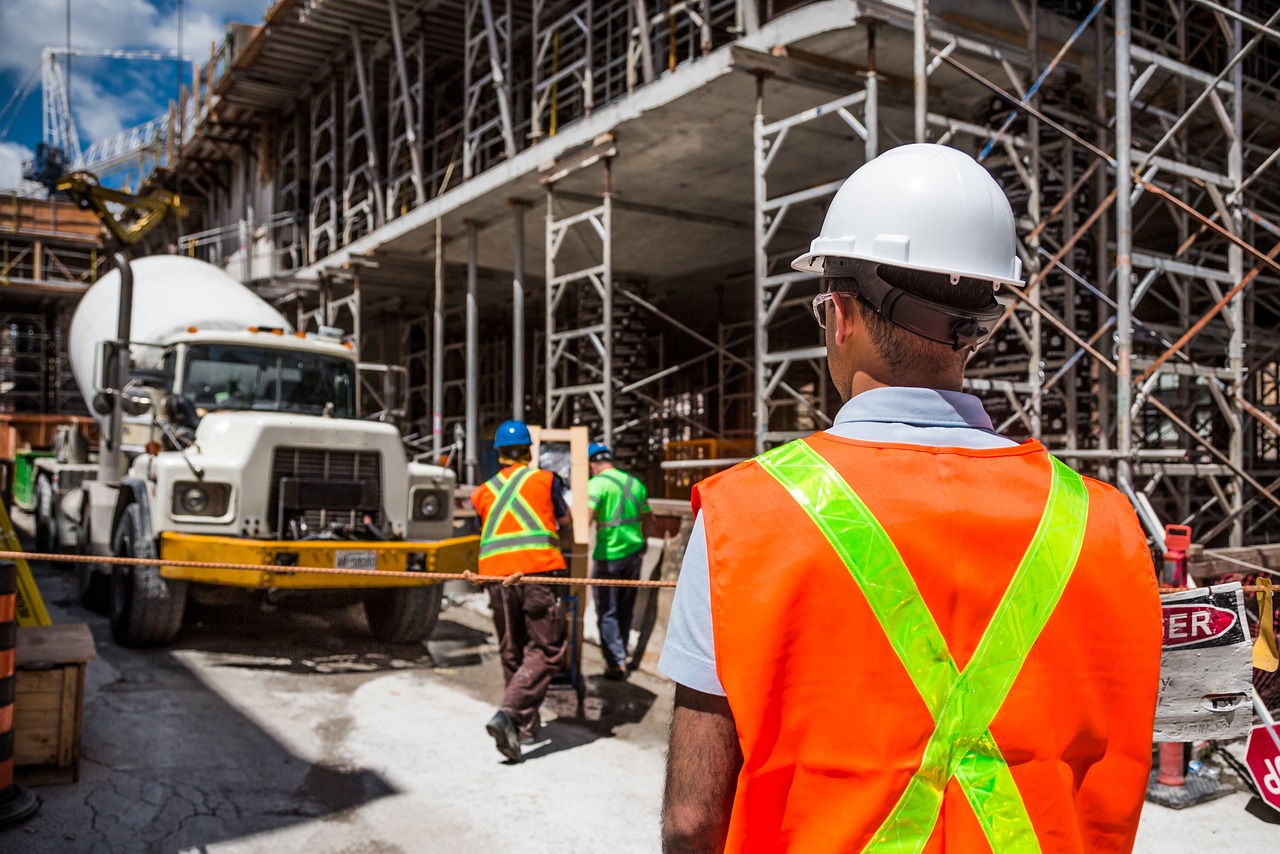
Introduction to Estimating Types
In the dynamic world of construction, no two projects are the same—especially when comparing residential and commercial builds. Accurate cost estimation is vital in both sectors, yet each comes with its own unique set of challenges, requirements, and complexities. At High Q Estimation Corporation, we specialize in delivering customized estimation solutions tailored to the specific needs of both residential and commercial projects. Understanding the distinctions between these two estimating types is key to avoiding budget overruns and ensuring project success.
Residential Estimating
Residential estimating focuses on the financial planning and forecasting for construction projects that involve single-family homes, duplexes, townhouses, and apartment buildings. These projects, while generally smaller in scale compared to commercial ones, come with their own set of challenges that require attention to detail and localized expertise.
Key Components of Residential Estimating
- Material Take-Offs: Precise calculations of framing lumber, drywall, roofing, flooring, cabinetry, paint, and finishes. Even a small miscalculation can impact budget accuracy significantly.
- Labor Estimation: Labor costs are often driven by region-specific rates and are affected by factors such as seasonality, project complexity, and labor availability.
- Site Preparation: Includes grading, excavation, foundation work, and utility connections—each needing careful budget allocation.
- Mechanical Systems: Includes basic HVAC, plumbing, and electrical systems, typically standardized but still subject to code compliance.
- Permit and Regulatory Costs: Vary significantly by municipality and can influence the start and duration of a project.
- Customization Factors: Custom finishes, landscaping, smart home installations, and energy-efficient upgrades must all be considered in the estimate.
Why High Q Estimation Stands Out
At High Q Estimation Corporation, we deliver residential estimates that reflect true ZIP-code-level pricing—ensuring that your clients are budgeting based on actual market conditions. Whether it’s a custom home or a multi-unit development, our detail-oriented approach ensures builders and homeowners have the financial clarity they need from day one.
Commercial Estimating
Commercial estimating involves preparing cost estimates for non-residential construction such as office complexes, retail outlets, industrial facilities, hotels, educational institutions, and restaurants. These projects tend to be larger, more complex, and heavily regulated, demanding a more strategic and multi-disciplinary estimation approach.
Key Components of Commercial Estimating
- Specialized Systems: These include fire suppression, commercial-grade HVAC, complex electrical wiring, data cabling, elevators, and security systems. Each of these components requires expert-level analysis and coordination with MEP professionals.
- Phased Construction and CPM Scheduling: Many commercial projects are built in phases, and cost estimators must align estimates with scheduling and cash flow projections.
- Labor and Subcontractor Analysis: Estimators must account for union labor, prevailing wage laws, subcontractor bidding, and shift work, which influence cost dynamics significantly.
- Code and Compliance Costs: ADA compliance, fire safety, seismic standards, and environmental impact studies add layers of complexity—and cost—to commercial builds.
- Equipment and Logistics: Commercial sites often require cranes, lifts, generators, and storage facilities—adding overhead costs that must be factored into the estimate.
- Design and Engineering Integration: High-level coordination is often needed with architects, structural engineers, and consultants to accurately scope out cost implications of each design decision.
Why High Q Estimation Excels in Commercial Projects
With over 20 years of hands-on industry experience, our estimators have developed a methodical framework for breaking down complex commercial builds into manageable, cost-transparent components. Our estimates are designed to empower general contractors and developers to win more bids, manage project risks, and deliver under tight deadlines and compliance standards. Using cutting-edge tools and localized cost databases, we ensure high accuracy and confidence from pre-construction through final delivery.
Key Differences in Scope and Scale
One of the biggest differences lies in project scale. Residential jobs tend to be smaller and more straightforward, often involving fewer trades and a shorter timeline. Commercial projects are typically multi-phase, high-budget builds that may span months or years. Our estimators at High Q Estimation account for this scope variation by tailoring our approach, timeline analysis, and cost breakdowns accordingly.
Labor Considerations in Each Sector
Labor plays a crucial role in both residential and commercial builds but varies significantly in cost and complexity. Residential labor usually involves smaller crews and standard tasks. In contrast, commercial labor often requires union workers, specialists, or subcontractors familiar with large-scale systems. High Q Estimation integrates labor cost databases by ZIP code, ensuring that every estimate reflects true market conditions for the project’s location.
Material Costs: Residential vs. Commercial – Breaking Down the Differences
Understanding the cost and quality differences between residential and commercial construction materials is essential for creating precise and realistic project estimates. At High Q Estimation Corporation, we provide tailored material take-offs that account for the distinct needs of each sector, helping clients maintain financial control and ensure successful outcomes
Residential Material Costs

In residential construction, materials are typically selected for their aesthetic appeal, functionality, and cost-effectiveness. These materials are often consumer-grade and vary widely depending on the homeowner’s preferences, project location, and design complexity.
Key Characteristics:
- Interior Finishes: Includes drywall, trim, flooring, cabinetry, countertops, and paint. These are often mid-grade products chosen for comfort and visual appeal.
- Exterior Materials: Typically includes asphalt shingles, vinyl or fiber cement siding, wood framing, and basic insulation—materials that are suitable for smaller structural loads and common weather conditions.
- Customization: Residential projects frequently incorporate unique design elements that affect material selection and quantities, such as custom kitchen finishes, specialty tiles, or smart home integrations.
- Supply Sourcing: Materials are often procured through local suppliers or retail outlets, with limited bulk discounts compared to commercial projects.
High Q Estimation delivers residential material take-offs that reflect these variables and incorporate regional pricing data, ensuring accurate and localized budgeting.
Commercial Material Costs
Commercial construction demands higher-grade, durable materials capable of supporting larger loads, meeting strict building codes, and withstanding high-traffic usage. These materials must meet performance standards for safety, longevity, and efficiency.
Key Characteristics:
- Structural Materials: Often includes steel framing, concrete slabs, reinforced rebar, and commercial-grade insulation to support multistory construction and heavy-duty use.
- Exterior and Interior Finishes: Materials are selected for durability and low maintenance, such as curtain wall systems, TPO roofing, fire-rated drywall, commercial-grade flooring, and acoustic ceiling panels.
- Systems Integration: Commercial buildings often require extensive mechanical, electrical, plumbing, HVAC, fire suppression, and security systems—each influencing the type and quantity of materials needed.
- Procurement and Volume: Materials are typically sourced in bulk through distributors or manufacturer agreements, offering cost efficiencies but requiring precise planning and logistics.
High Q Estimation’s commercial material take-offs incorporate all these factors and more. We ensure every estimate is tailored to the scope of the project, the technical requirements, and current market conditions to provide a reliable, actionable cost breakdown.
Our Value
Whether you’re estimating for a single-family home or a multi-story office tower, the accuracy of your material costs can make or break your project budget. High Q Estimation Corporation uses industry-leading tools, real-time pricing data, and two decades of expertise to deliver detailed, project-specific material take-offs that align with both construction goals and financial expectations.
Regulatory and Compliance Variations
Commercial construction typically involves more stringent building codes, safety regulations, and permitting requirements than residential construction. These compliance factors influence both cost and scheduling. High Q Estimation’s expertise in code-compliant estimating ensures that all regulatory elements—whether fire safety systems, ADA compliance, or environmental requirements—are considered early in the planning phase.
Tools and Software for Estimating
At High Q Estimation, we use advanced estimating software such as Bluebeam, Planswift, and RSMeans-integrated platforms to streamline the estimating process. These tools allow us to generate fast, accurate, and detailed reports that clients can trust. Whether it’s a single-family home or a multi-story commercial build, our tech-enabled approach guarantees clarity and confidence in your project forecast.
Best Practices for Accurate Estimates
For both residential and commercial estimation, accuracy is everything. Our best practices include:
- Using localized pricing databases
- Conducting thorough scope reviews
- Applying historical cost data
- Maintaining open communication with clients
- Including allowances for contingencies and price fluctuations
By following these methods, High Q Estimation ensures that your project stays within budget and aligned with your goals from day one.
Choosing the Right Approach
Ultimately, choosing between residential and commercial estimating methods comes down to understanding the project’s unique demands. High Q Estimation Corporation offers specialized services for both sectors, backed by over two decades of on-site experience and deep market insight. Whether you’re building a custom home or launching a commercial development, our tailored cost estimation services provide the clarity and confidence you need to build smarter.
Need help with your next project?
Contact High Q Estimation today and get a customized, accurate cost estimate tailored to your goals.
